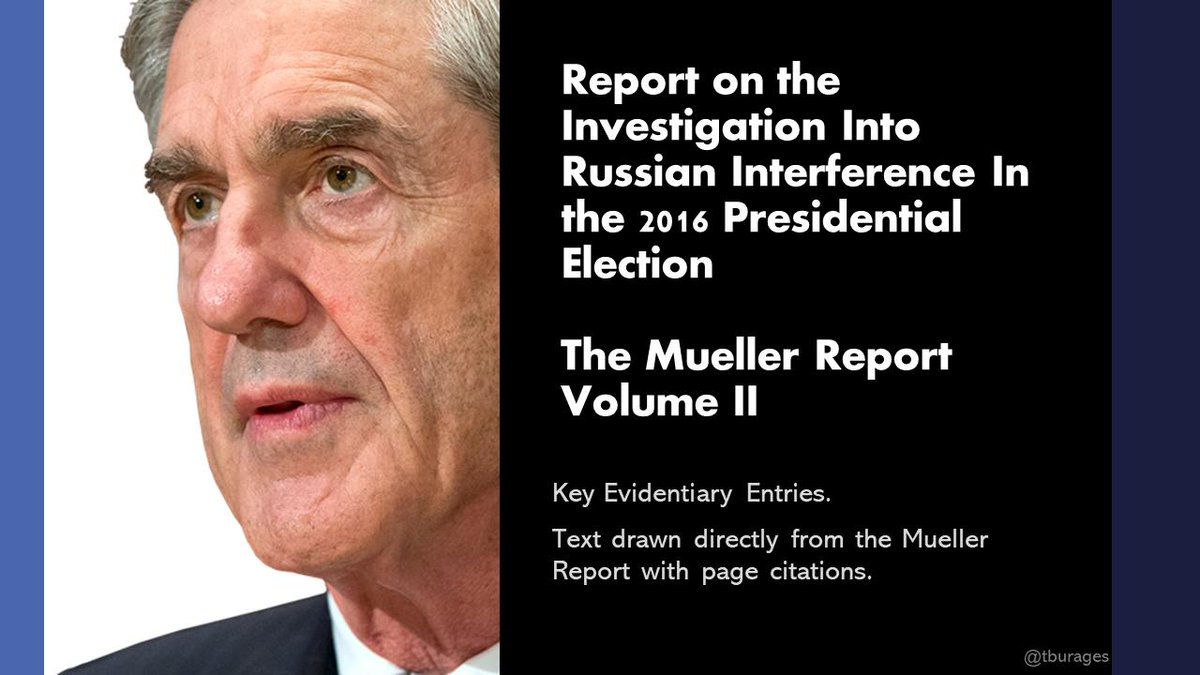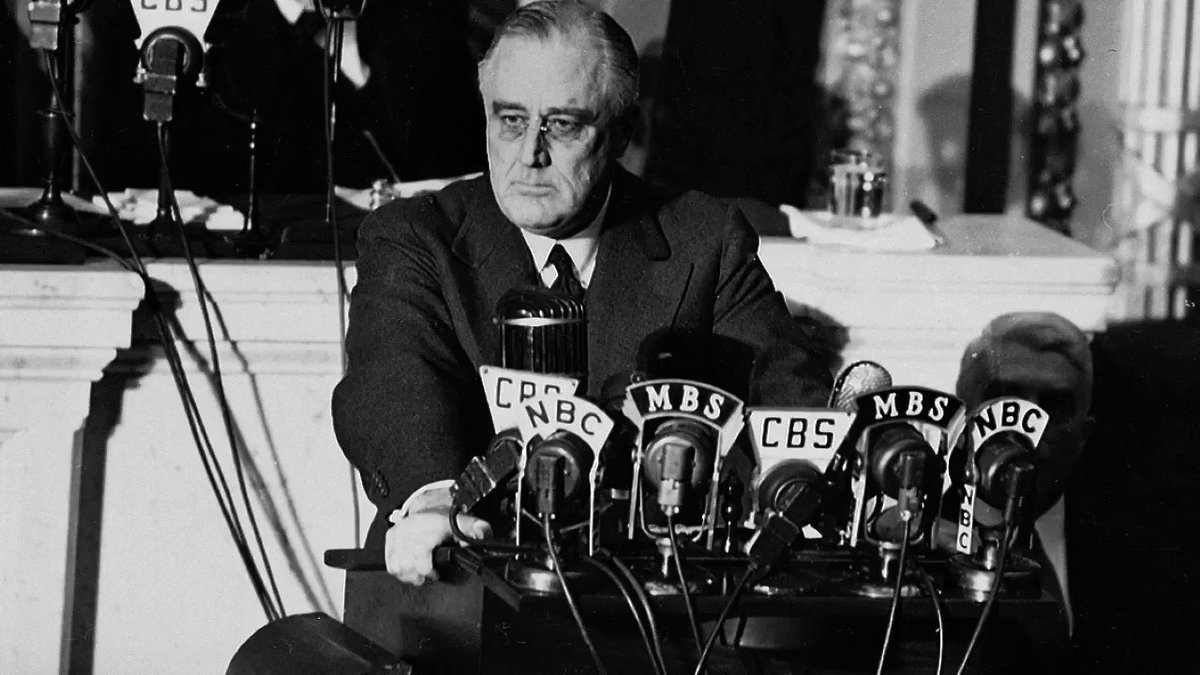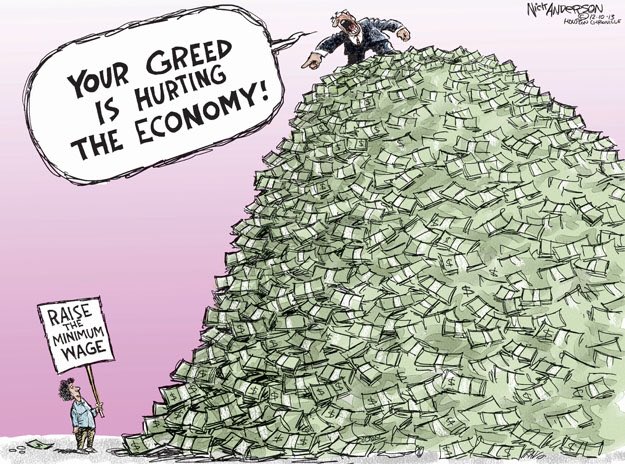1. Banks were making money on both sides of the Atlantic.
2. US was more interested in solidifying Europe against communism.
3. It gave the US leverage.
Today however, both Congress and the Fed are entirely oblivious to the Eurodollar.
Get real-time email alerts when new unrolls are available from this author!
Twitter may remove this content at anytime, convert it as a PDF, save and print for later use!

1) Follow Thread Reader App on Twitter so you can easily mention us!
2) Go to a Twitter thread (series of Tweets by the same owner) and mention us with a keyword "unroll"
@threadreaderapp unroll
You can practice here first or read more on our help page!



